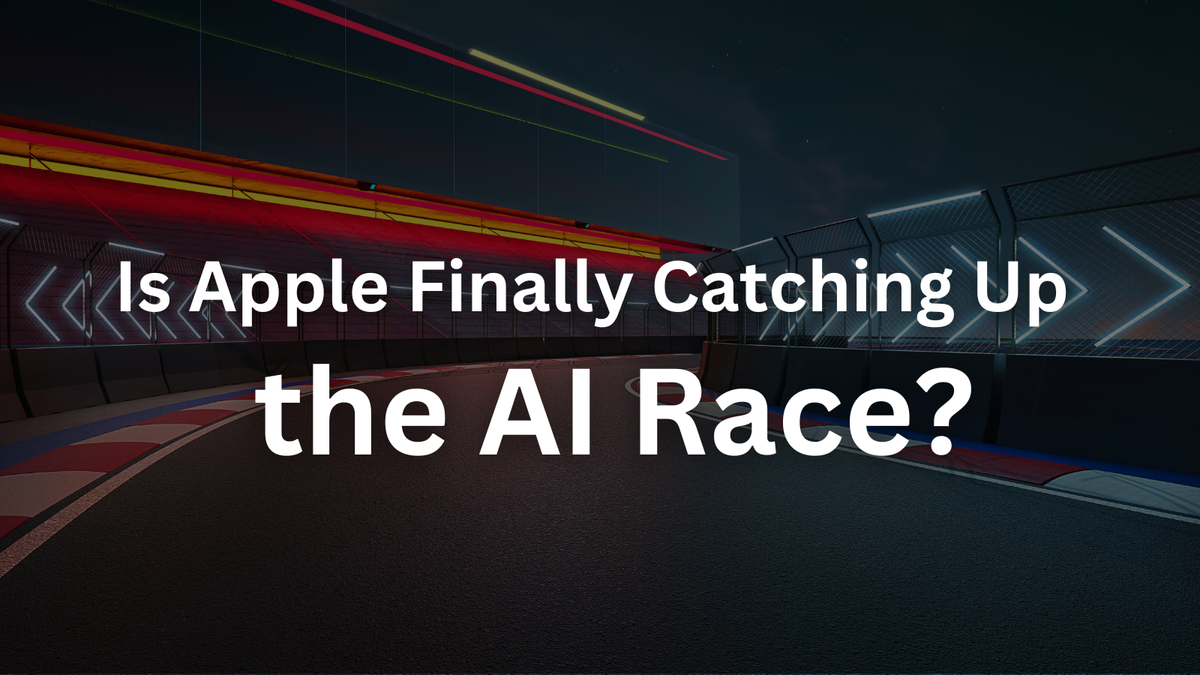Is Apple Finally Catching Up in the AI Race?

Apple’s Maps update reveals its AI training ambitions—but is it too late?
Apple just dropped a bombshell: starting in March 2025, the company will use imagery from its Maps Look Around surveys to train AI models for products like Apple Intelligence. This move mirrors Google’s Street View-powered AI efforts but comes years later. Privacy-focused blurring of faces and license plates is included, but why wait until 2025? With rivals accelerating, Apple risks falling behind. Let’s dive in.
🐢 Apple’s AI Problem: A Slow Start in a Fast Race
- 🚀 Timing Matters: Google began using Street View data for AI training long ago.
- 📉 Data Deficit: Apple Maps covers just 29 countries vs. Google’s 100+—a critical gap in diverse training data for global AI models.
- 🔒 Privacy Paradox: While Apple blurs faces/license plates by default, homes remain visible unless manually requested—risking public backlash as AI training scales.
- 💡 Author’s Take: Waiting until 2025 feels like a misstep. Apple’s ‘privacy-first’ approach shouldn’t mean innovation-last.
✅ The Plan: Look Around Data as Apple’s AI Lifeline
Apple’s strategy hinges on three upgrades:
- 🖼️ Image Recognition Boost: Training data from 5M+ miles of road/pedestrian imagery could supercharge Photos app search and object detection.
- 🎨 Generative AI Leap: Expect improvements to Image Playground and the Clean Up tool (think Photoshop-level edits powered by real-world visuals).
- 🌍 Privacy Edge: On-device processing via Apple Silicon chips could let them outperform cloud-dependent rivals.
By the Numbers: Apple’s fleet of 500+ mapping vehicles (and backpackers) collects 20TB/day—fuel for future AI models.

🚧 Roadblocks: Why Apple Still Has an Uphill Battle
- ⚠️ Public Trust: Forced home visibility in training sets could spark lawsuits.
- ⚡ Competition: Google has aleady been doing training on Street View images.
- 🌐 Global Gaps: 71% of Apple’s mapping data comes from North America/Europe—weak coverage in Asia/Africa limits AI’s cultural competency.
🚀 Final Thoughts: Can Apple Balance Privacy and Progress?
The author argues:
- ✅ Potential Upside: If Apple integrates this data with its Neural Engine chips, it could create blazing-fast, offline AI tools by 2026.
- 📉 Risks: Delaying until 2025 might let competitors lock in market dominance. Apple Intelligence needs ‘wow’ features now—not later.
- 💡 Bottom Line: Apple’s play is smart but overdue. To win the AI race, they must treat privacy as a feature, not a speed bump.
What’s your take? Should Apple rush its AI training timeline, or is caution the right move? Let us know on X(Former Twitter)
Sources
The Verge. Apple will use Maps data to train its AI in 2025. June 2024. https://www.theverge.com/news/635316/apple-maps-look-around-photos-apple-intelligence-training



